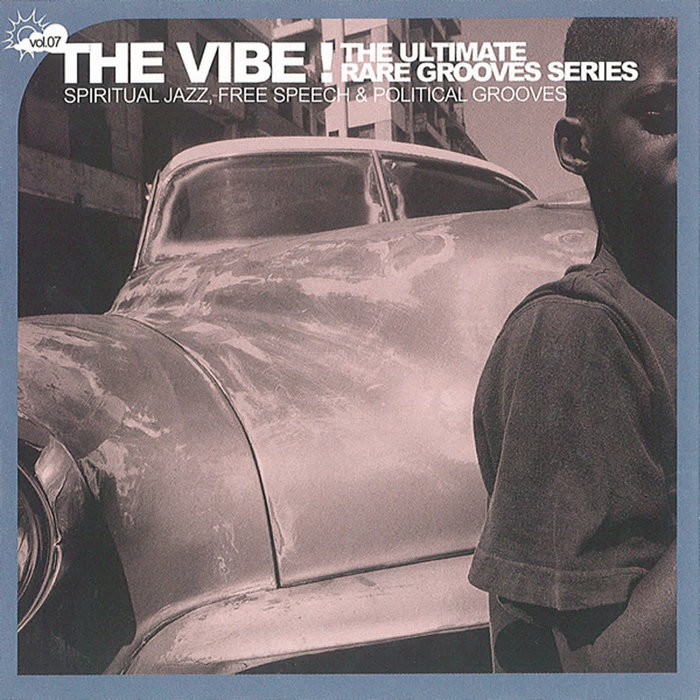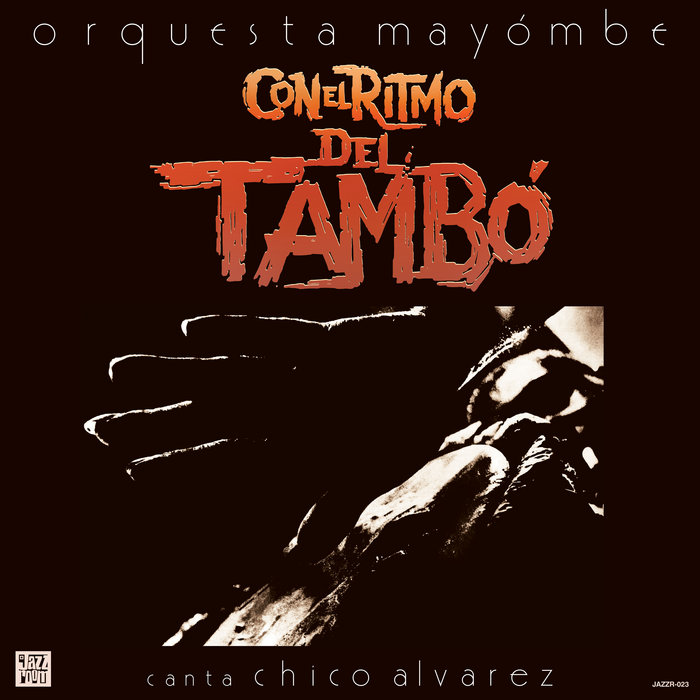
Listen Love – Jon Lucien
this blog is GROOVY – check out great Soul, Funk, Jazz, Hip Hop, Bass, Breaks , Reggae, House n many more TUNES
Hey there, music lovers! Buckle up as we take a funky ride through the vibrant world of Afro-Cuban jazz—a genre that blends the sizzling rhythms of Cuban music with the improvisational flair of jazz. It’s a musical fusion that has captivated ears and hearts for decades.
Afro-Cuban jazz emerged in the 1940s, born from a rich tapestry of influences. Think about it: African rhythms brought by enslaved people mixed with Spanish melodies, creating a unique soundscape in Cuba. As jazz began to spread across the United States thanks to pioneers like Louis Armstrong and Duke Ellington, musicians started experimenting with these infectious Cuban beats.
One major player was Mario Bauzá, often considered one of the founding fathers of this genre. In the late 1930s and into the ’40s, he worked alongside legends like Dizzy Gillespie and Cab Calloway. Talk about hanging out with cool cats!
The big breakthrough came in 1947 when Dizzy Gillespie became enchanted by Afro-Cuban music during his trip to Havana. He collaborated with Bauzá and established tunes like “Manteca,” which became a cornerstone piece for Afro-Cuban jazz.
But wait—there’s more! Another key figure was Chano Pozo, who infused his bata drumming skills into Gillespie’s band in New York City. Together they created an explosive mix that had everyone bopping their heads! Pozo’s legendary status grew not just because he could play drums but also because he always wore colorful attire; you know he wanted to stand out!
As we slid into the ’50s and beyond, artists such as Tito Puente stepped onto center stage wielding his timbales like they were extensions of himself. How many musicians do you know who can make percussion look so cool while being surrounded by dancing fans? He’s got stories where even maracas would be jealous!
Around this time, Eddie Palmieri took it further by incorporating elements from salsa and even rock into his recordings—talk about genre-blending! His album “The Sun Of Latin Music” won Grammy awards soundly tickling both critics’ ears while keeping dancers on their toes.
Did you know that Tito Puente once had an encounter where someone mistook him for an aspiring street performer? Yup! Someone thought all those flashy drum solos were part of some busking gig rather than Puerto Rican royalty performing live!
Flash forward to today—the influence continues to echo around dance floors worldwide! Musicians like Buika are turning heads globally with her fierce voice interlacing flamenco roots within contemporary contexts without losing touch), creating new sounds yet SO connected back down memory lane towards its origins.
Afro-Cuban fusion is now everywhere—from hip-hop tracks sampling classic clave patterns (cough cough think Cardi B!) through modern big bands paying homage across festivals worldwide—it’s clear this rhythm never skipped a beat!
And let’s talk about quirky collaborations for good measure—how does mixing traditional cabaret-esque styles featuring burlesque performers fit snugly next-door on stage alongside heavy brass-heavy acts? That kind of crossover may seem unusual outside performance halls—but that’s what makes each show feel alive—spontaneity brings joy consistently every night bringing laughter too amid emotional crescendos matched only by swinging hips!
So here we are—a whirlwind tour through history revealing how rich diversity unites generations past & present thriving amidst communal celebrations encapsulating soul-stirring notes contained within timeless magic created during every jam session witnessed engaging audiences long after themes died down.
Pat yourself on your groovy back if you’ve learned something today folks; remember it’s not just preserving traditions but checking our rhythm pulses continually celebrating connections around us via shared experiences flowing forever alive inspiring next ones paving ways onwards westwards southward traversing lanes reaching homes near/far until their groove immortalized ultimately shines bright illuminating stages everywhere waiting patiently ready inspire passion one sound at time drawn forth jubilantly sharing sweet hangs breaking barriers accessible atmospheres reminding us good time awaits knowing no bounds felt resonated universally connects lives harmoniously woven mottled richly diverse embrace filled laughs fun-loving vibes take root deep spreading delight wherever beat goes boom making merry souls sway carefree together living free enjoys bliss upon earth generously shared Aye Yai Yai!! 🌟
Now go out there & spread some love…maybe catch live show before saying CHEERS amigos!! 🎶✌️

Listen Love – Jon Lucien

ESA BRUJERIA – Orquesta Mayombe